Blog
Your Source of Home Insulation Updates in Green Bay, WI

March 26, 2025
Living in northeast Wisconsin, we are no strangers to cold winters and high utility bills. But did you know that investing in proper insulation for your home can also help you save on your energy bills during the summer months? That’s right, proper insulation can help keep your home cool in the summer and reduce the strain on your air conditioning system, ultimately leading to lower utility bills. Here are some important reasons why you should consider cutting your utility bill with proper insulation for summer weather:
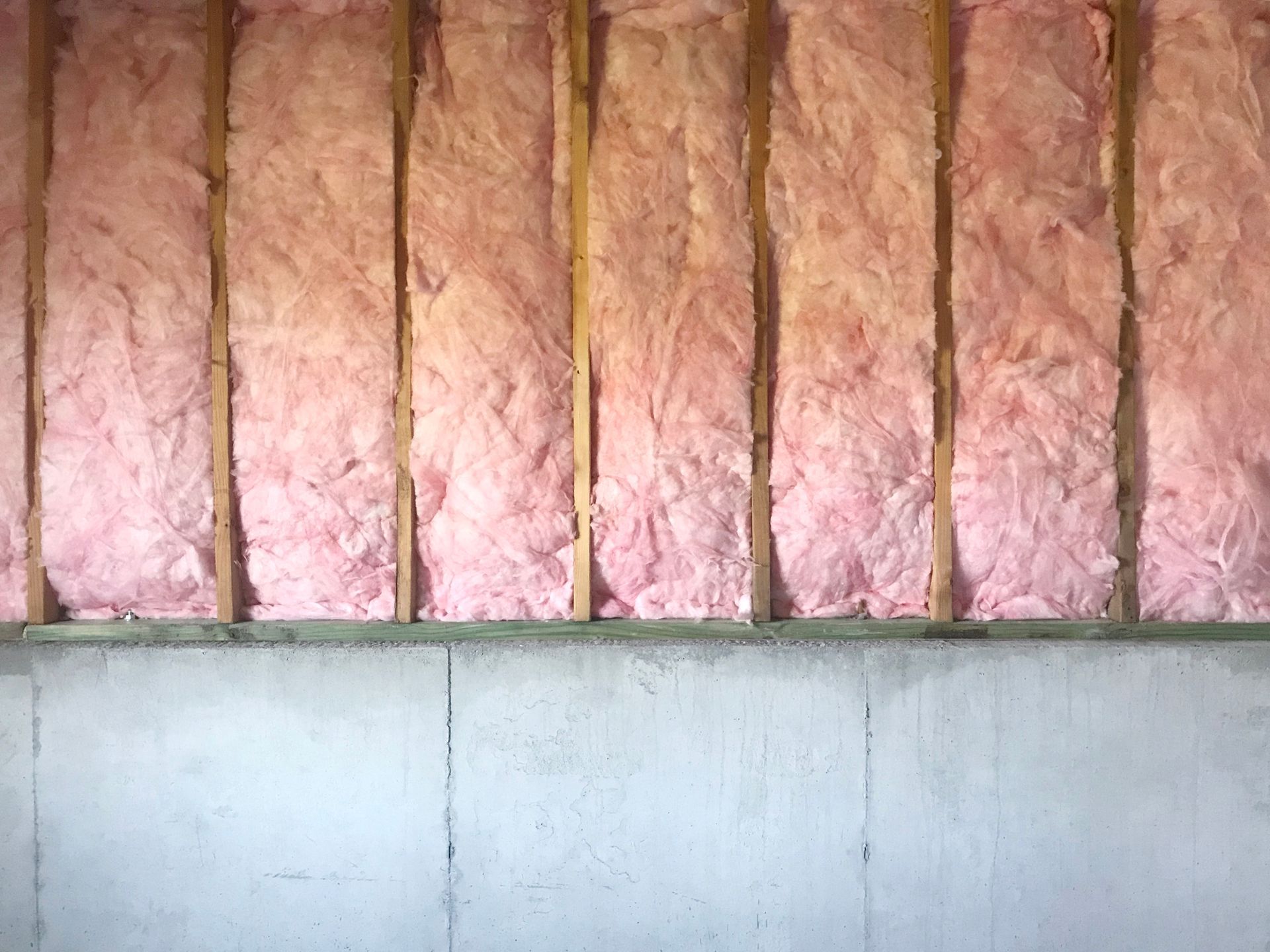
February 21, 2025
When it comes to maintaining a comfortable and energy-efficient home, the type of insulation you have plays a crucial role. Insulation is what helps regulate indoor temperatures, keep out drafts, and reduce energy consumption, making it a key component of any home. Here are some reasons why having the right insulation is important for your home:
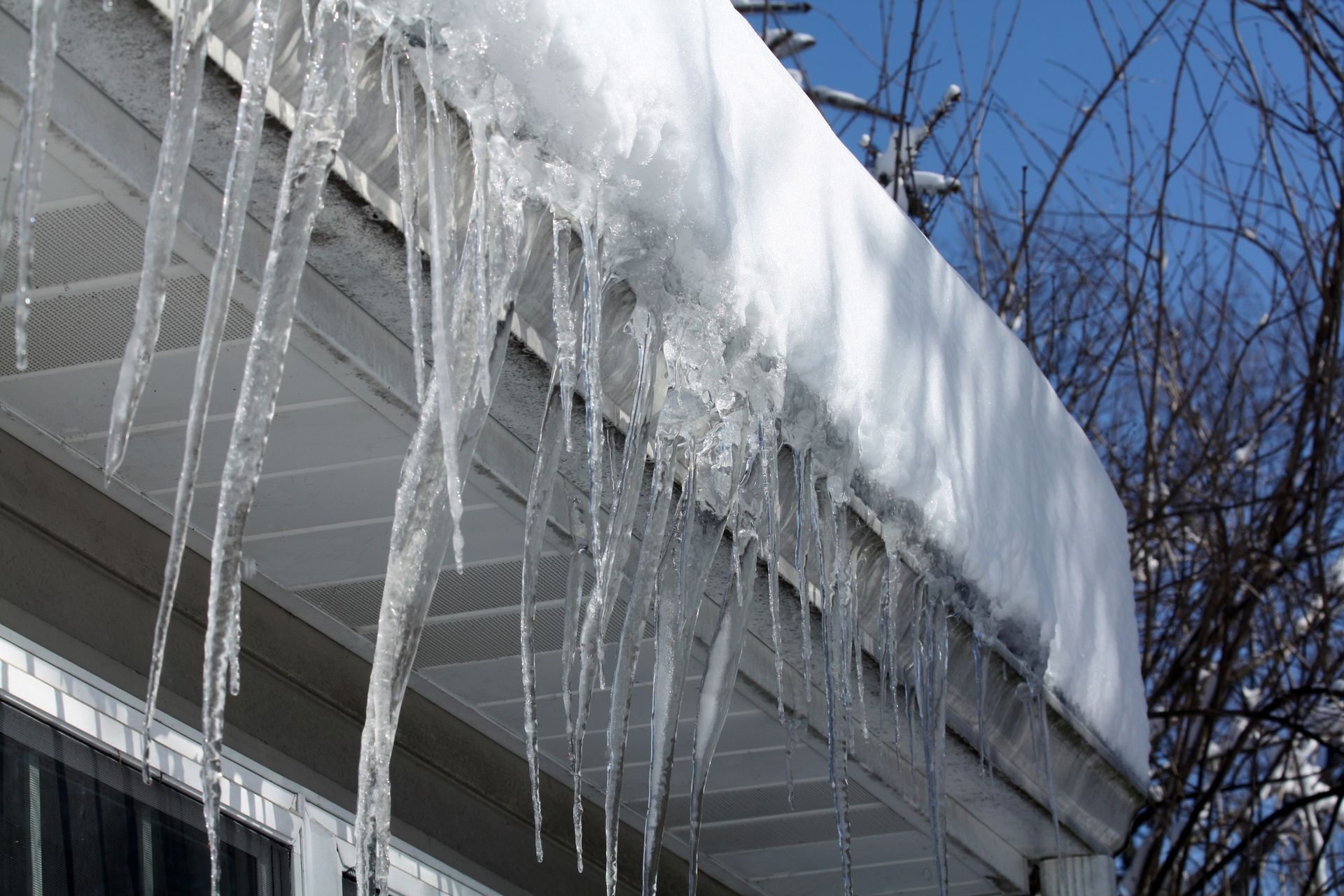
January 17, 2025
A secure and well-maintained roof is essential for the comfort of a home. Ice dams, which commonly form during cold spells, can cause significant damage and lead to costly roof repairs. Homeowners should watch for signs of ice dam damage in winter and address any underlying issues promptly to avoid expensive fixes.
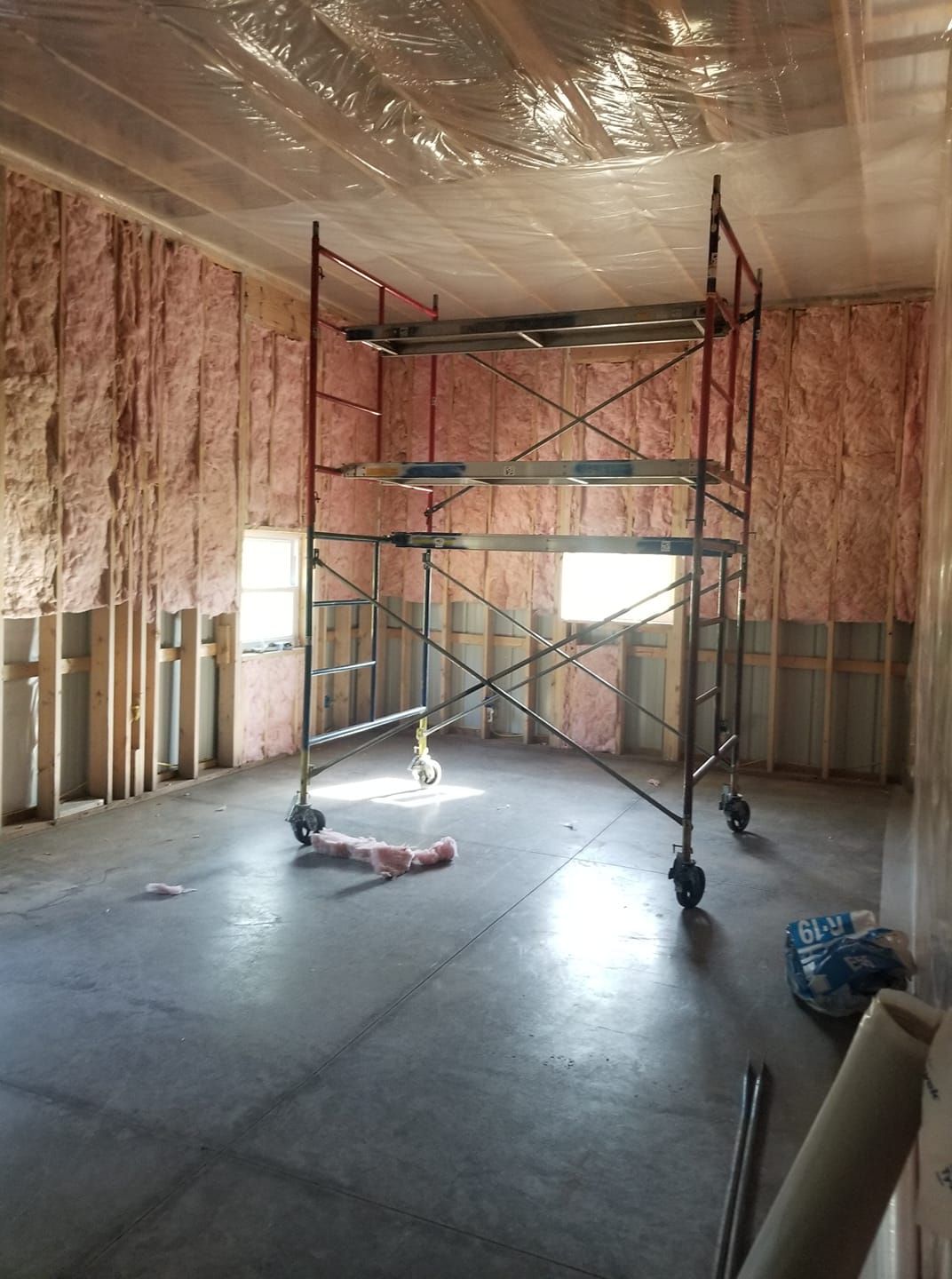
November 15, 2024
Winter is approaching, and for many homeowners, that means the inevitable rise in heating bills. But what if there was a way to keep your home warm without constantly cranking up the thermostat—and save money on energy costs at the same time? The answer lies in one of the most cost-effective home improvements: residential insulation. In this blog, we'll explore how proper insulation can help maintain a cozy indoor environment, reduce energy consumption, and keep more money in your pocket.
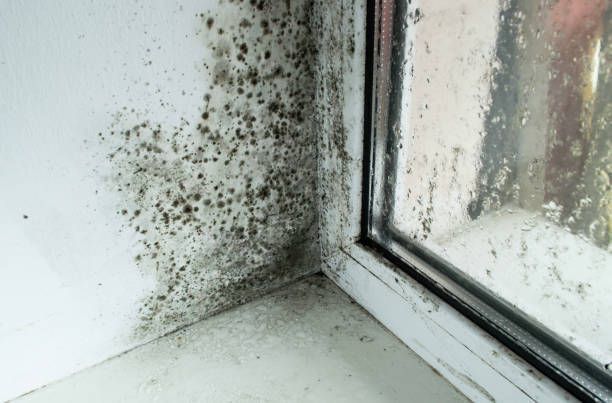
By Abigail McGuire
•
September 23, 2024
Although mold and mildew are unsightly in any home, the health impacts of mold can be much more significant than the negative visual. According to the United States Environmental Protection Agency (EPA), “molds produce allergens (substances that can cause allergic reactions), irritants, and in some cases, potentially toxic substances (mycotoxins).” Inhaling molds can cause allergic reactions, asthma attacks, and hay fever-type symptoms. As a result, addressing mold issues inside a home goes well beyond aesthetic concerns and can make a big difference in your family’s health.
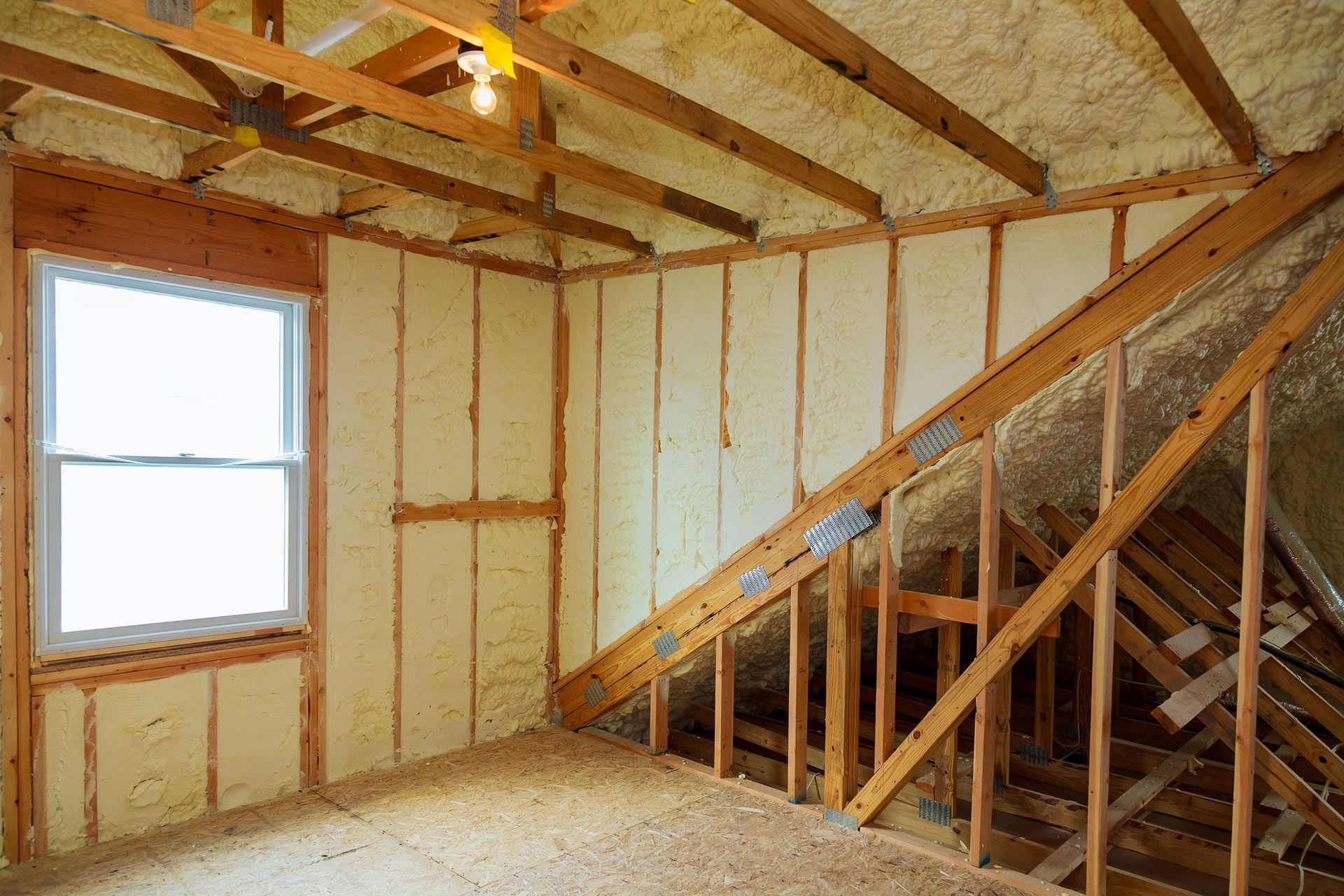
August 19, 2024
As the seasons shift in Appleton and Green Bay, Wisconsin, homeowners are reminded of the importance of maintaining a comfortable and energy-efficient home. One often overlooked aspect of home maintenance is insulation. If your home was built decades ago, it's possible that your insulation is outdated and no longer performing optimally. In this blog, we’ll explore why updating old insulation is crucial, the benefits of modern insulation solutions, and how you can tackle this essential home improvement project in the Fox Valley region.
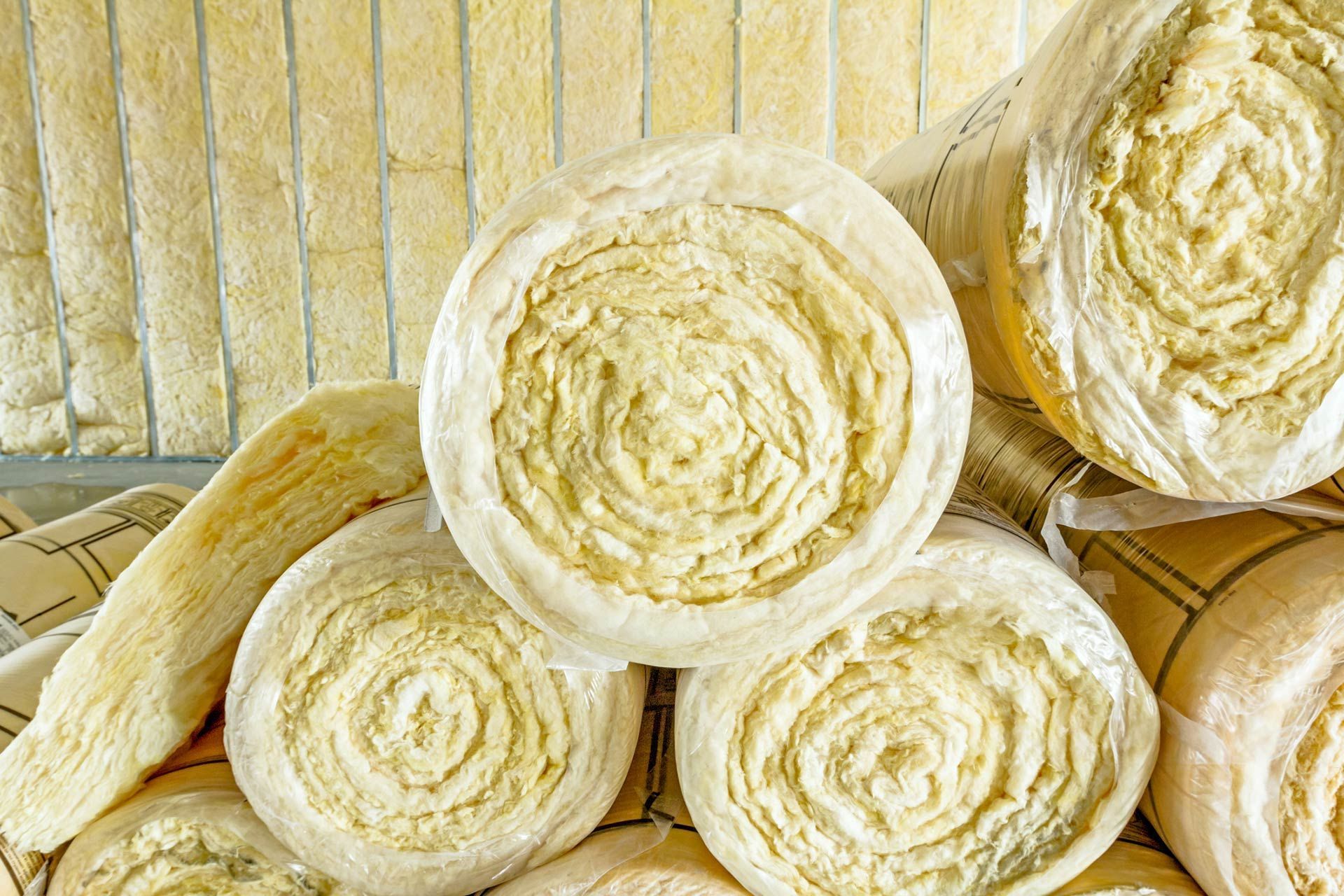
July 22, 2024
Living in Northeast Wisconsin means experiencing the full spectrum of weather, from chilly winters to sometimes humid summers. One of the most effective ways to ensure comfort and energy efficiency in your home is by having the correct amount of insulation. Here are five compelling reasons why this investment is crucial:
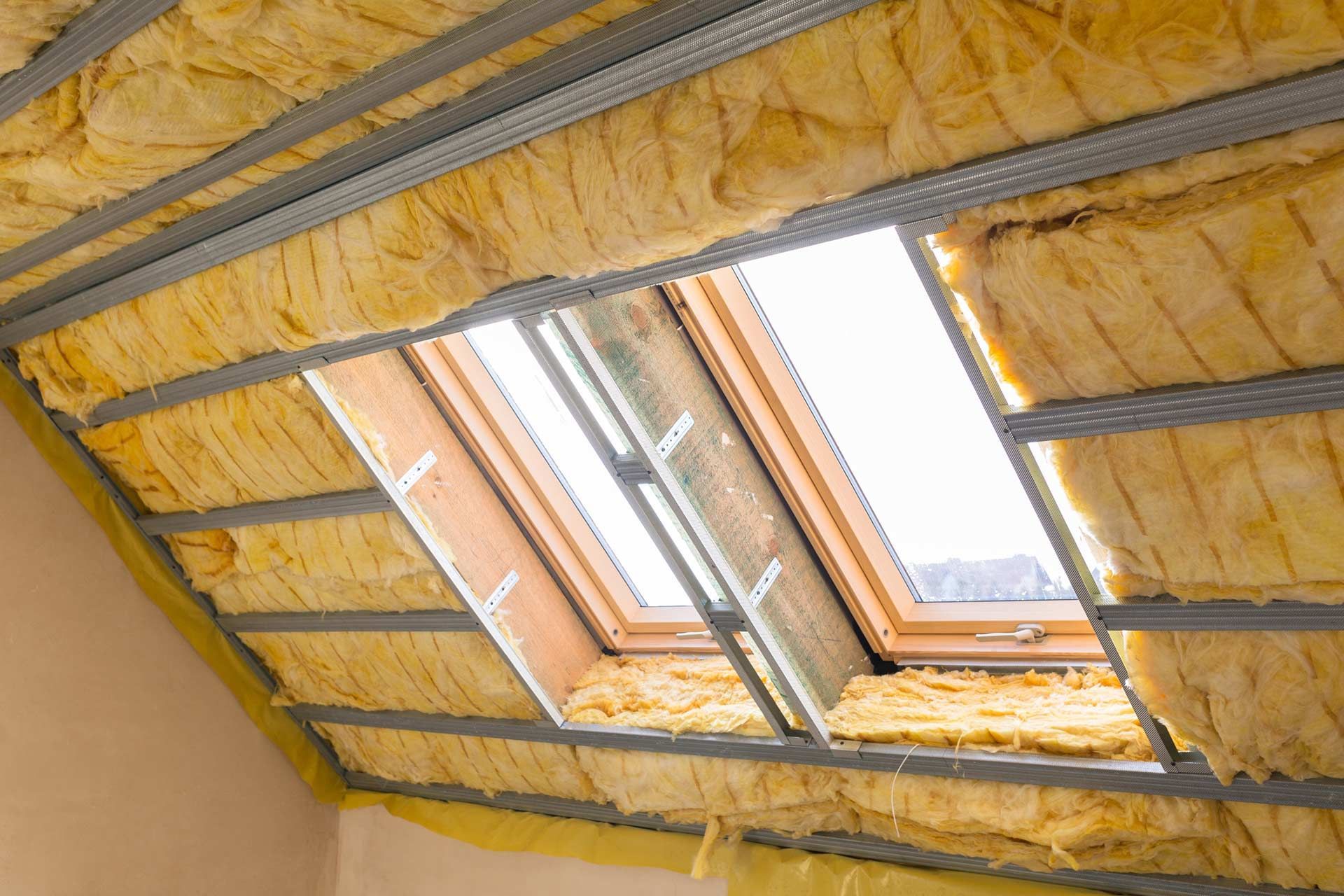
June 17, 2024
The Appleton – Green Bay Wisconsin is experiencing some scorching weather this summer. Que the summertime struggle to stay comfortable while also protecting your pocketbook — "Who touched the thermostat?!" Insulation is commonly associated with keeping homes warm during the winter months, but it's just as important during the summer. Proper insulation can help keep your home cool and comfortable in the summer, while also helping you save on energy costs. What is Heat Gain and How Can I Reduce It? In summer months, all buildings heat up through ‘external heat gains’ – namely sunlight being absorbed by the building’s roof, walls and windows— and ‘internal heat gains’— heat generated by lighting, appliances, TVs, or its occupants. Minimizing these gains is critical in keeping your home cool in the summer. To limit external heat gains: Close blinds or curtains during the hottest parts of the day Seal gaps around can lights, vents, and in the attic floor with an air sealant Plant trees and tall shrubs around your home, ideally deciduous so it doesn’t block winter sun Ensure proper attic insulation – 9 out of 10 homes are under-insulated. Don’t forget the attic hatch too! Paint your home a lighter color To limit internal heat gains in the summer: Use LED lighting and energy-efficient appliances Avoid cooking, doing laundry or running the dishwasher during the hottest part of the day Hang dry clothes instead of using the dryer Cook outdoors on the grill Unplug all devices when not in use – anything that uses electricity adds heat to your home The best way to cool a hot house is by purging heat through ventilation. Doors, windows and skylights should be opened to encourage a cross-breeze that replaces the air in the building. This is best done at night, when the air outside is more likely to be cooler than the air inside the house. How can insulation help homes in hot weather? Look to your attic. During the summer months, excess heat builds up in the attic. On a 95-degree summer day, attics can reach 150 degrees or more. As the sun shines directly onto the roof’s dark surfaces throughout the long Without adequate insulation and ventilation, this temperature accumulated in the daytime can quickly transfer into any room on the upper floor. Insulation slows the transfer of heat. So, a well-insulated house means it takes longer to heat up from the effects of the sun on its walls and roof in the summer. Attic Check-Up To check if you have adequate attic insulation, measure your existing attic insulation. It should be anywhere from 13-20” thick in order to meet local codes depending on your climate zone . Tip: if you can see your attic floor joists, you probably don’t have enough insulation. Next, check that the insulation is installed evenly across the attic space and redistribute it if necessary. Attic insulation could have been moved by tradespeople such as plumbers or electricians resulting in places where there’s no insulation and places where there’s too much insulation. This creates localized hot spots, where heat passes freely and rapidly from the attic space through the ceiling and into the rooms below. If any areas still need a top up, All Weather Insulation servicing Appleton Wisconsin and Green Bay Wisconsin surrounding area can help. Adding insulation to your attic is a great weekend "Do-it-Yourself" project, but not everyone wants to crawl up into the attic. All Weather Insulation will cost a bit more than doing it yourself, but they can get the job done quickly and safely, and have the skills to find any hidden problems. Just as ventilation is needed inside the home, it is important to have a flow of air from the attic space outside via the eaves. Having attic ventilation will help to lower temperatures inside the attic by allowing the heated air to escape and draw in fresh air. By all accounts, the hot weather we have been seeing each summer is here to stay. Adequate and properly installed attic insulation plays an important role for keeping homes cool and comfortable during the scorching summer months. Contact All Weather Insulation located in Green Bay Wisconsin for a Free Consultation. All Weather Insulation can be reached at 920-494-6966 , call today!

March 28, 2024
Does your home always seem to be drafty and hard to keep comfortable? If it’s more than a decade or two old, there’s a good chance that it’s under-insulated, which can mean significantly higher heating costs in the winter and cooling costs in the summer. But how much insulation do you need? Recommended insulation levels vary by region, with higher R-values needed for colder climates. What Does Insulation R-Value Mean? An insulation’s R-value describes its resistance to the flow of heat. A material with a lower R-value will let more heat bleed through faster than an insulation with a higher R-value. The goal is to slow down the amount of heat transferred through the insulation to keep your home warmer in winter and cooler in summer. This reduces the work your HVAC system has to do to keep your home comfortable and lowers your energy costs. How Is Insulation R-Value Calculated? An R-value reflects resistance to heat loss across an insulating material over a given period of time. Different materials can be compared by calculating their R-value per inch. Wood has an R-value of 1, so a 3-inch board would be rated at R-3. Spray foam insulation with a rating of R-5 per inch would have a total R-value of R-15 when installed at a 3-inch thickness. Fiberglass batts rated at R-3.7 per inch would have a total value of R-11.1 at a 3-inch thickness. What Are Recommended R-Values for the Green Bay, Wisconsin, Fox Cities Wisconsin surrounding Area? Green Bay and Fox Cities Wisconsin, area are in Climate Zone 6, so the insulation levels recommended by the U.S. Department of Energy are as follows for common areas of the home: Attic: R-60 2×4 walls: R-13 in the wall, plus R-10 of continuous insulation on the exterior 2×6 walls: R-20 in the wall, plus R-10 of continuous insulation on the exterior Floors and crawl spaces: R-25 to R-30 In many cases, more insulation can be added over the top of existing insulation to bring your home up to the recommended levels. R-value can change over time, as well. Blown-in cellulose or fiberglass can settle, losing some of its R-value, and fiberglass batts will also decrease if they’re compressed. Contact All Weather Insulation for Home Insulation Services in Green Bay Wisconsin and Fox Cities Wisconsin surrounding areas. When you’re ready to upgrade the insulation in your home, contact All Weather Insulation . We offer professional insulation installation in Green Bay Wisconsin, a nd the Fox Cities surrounding Wisconsin areas , and we feature many great reviews from our customers in these areas. We provide superior service at competitive rates, with next-day service available for most jobs. We believe in honesty, integrity and excellent service, and your complete satisfaction is our goal. We’re fully licensed and insured, and we feature top-quality insulation products that include spray foam, fiberglass, cellulose, vinyl, rigid foam and more. For expert insulation services from the leading insulation contractor in Wisconsin call All Weather Insulation today at 920-494-6966 .
Learn More About Insulation
BROWSE OUR WEBSITE
CONTACT INFORMATION
Address:
3233 Westway Dr
Green Bay, Wisconsin
Content, including images, displayed on this website is protected by copyright laws. Downloading, republication, retransmission or reproduction of content on this website is strictly prohibited. Terms of Use
| Privacy Policy